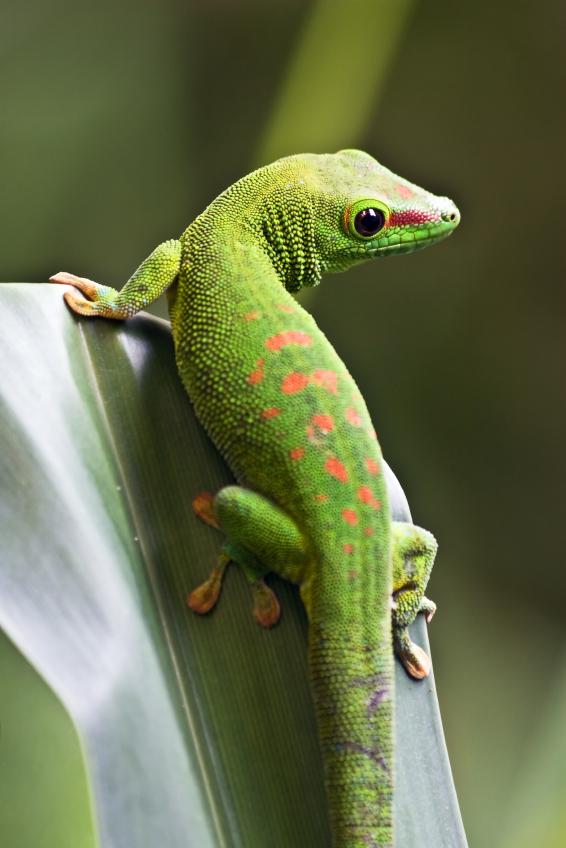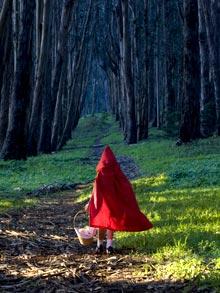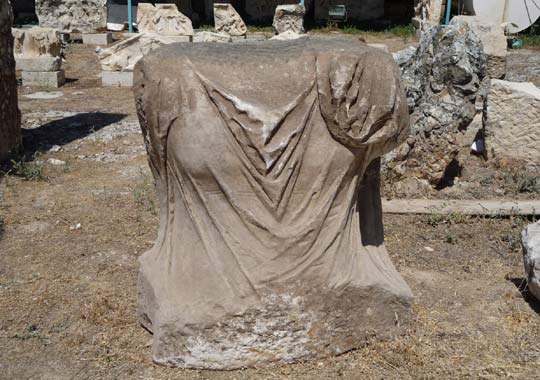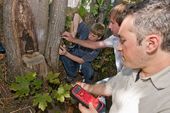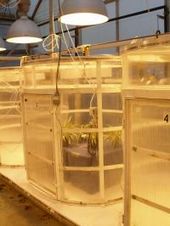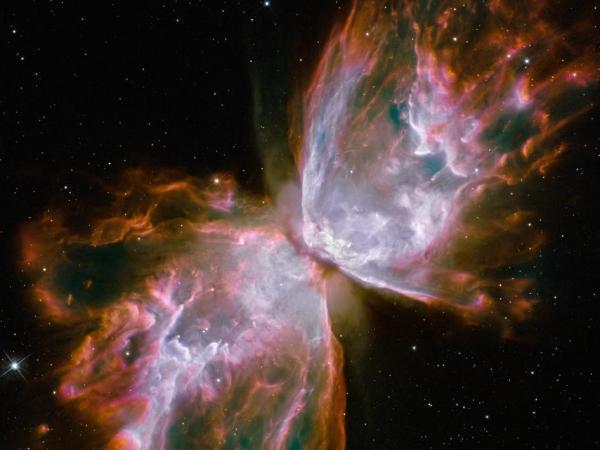
© NASA, ESA, and the Hubble SM4 ERO TeamButterfly emerges from stellar demise in Planetary Nebula NGC 6302.
NASA's Hubble Space Telescope is back in business, ready to uncover new worlds, peer ever deeper into space, and even map the invisible backbone of the universe.
The first snapshots from the refurbished Hubble showcase the 19-year-old telescope's new vision. Topping the list of exciting new views are colorful multi-wavelength pictures of far- flung galaxies, a densely packed star cluster, an eerie "pillar of creation," and a "butterfly" nebula.
With the release of these images, astronomers have declared Hubble a fully rejuvenated observatory. Sen. Barbara A. Mikulski, D-Md., unveiled the images at NASA Headquarters in Washington, D.C., on Sept. 9, 2009.
With its new imaging camera, Hubble can view galaxies, star clusters, and other objects across a wide swath of the electromagnetic spectrum, from ultraviolet to near-infrared light. A new spectrograph slices across billions of light-years to map the filamentary structure of the universe and trace the distribution of elements that are fundamental to life.


